Home>Gardening & Outdoor>Landscaping Ideas>What Is Grass Thatch
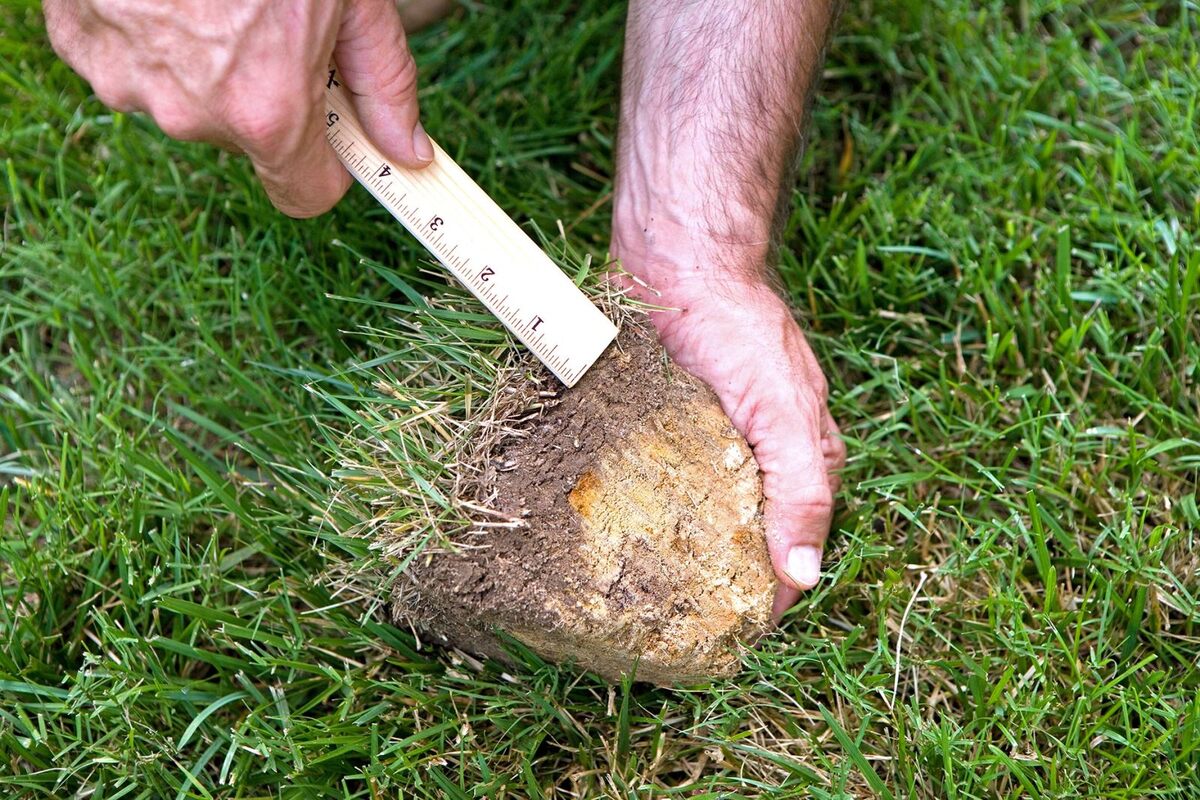

Landscaping Ideas
What Is Grass Thatch
Modified: August 27, 2024
Learn about the importance of grass thatch and how it impacts your landscaping. Discover effective landscaping ideas to manage and prevent thatch buildup.
(Many of the links in this article redirect to a specific reviewed product. Your purchase of these products through affiliate links helps to generate commission for Storables.com, at no extra cost. Learn more)
Introduction
Welcome to the world of landscaping, where lush green lawns and vibrant gardens are the canvas upon which nature’s beauty is displayed. However, even in this picturesque setting, a common issue known as grass thatch can rear its unsightly head, threatening the health and vitality of your outdoor oasis. Understanding the nuances of grass thatch is crucial for maintaining a thriving lawn and garden, making it essential knowledge for any landscaping enthusiast.
In this comprehensive guide, we will delve into the depths of grass thatch, exploring its definition, causes, effects, prevention strategies, and removal techniques. By the end of this journey, you will be equipped with the insights needed to combat grass thatch and nurture a verdant, resilient landscape.
Key Takeaways:
- Grass thatch is a layer of dead and living organic matter that can harm your lawn. It blocks water and nutrients, attracts pests, and causes diseases, so it’s important to prevent and remove it.
- To prevent grass thatch, mow properly, water deeply, dethatch regularly, use balanced fertilizers, and maintain soil health. If thatch builds up, you can remove it with tools like dethatching rakes or power dethatchers.
Read more: Lawn Care: What Is Thatch
Definition of Grass Thatch
Grass thatch is a natural accumulation of dead and living organic matter that forms a layer above the soil and below the green vegetation in a lawn. This layer is primarily composed of decomposing plant material, including stems, roots, and other organic debris. While a certain amount of thatch is beneficial for the lawn, providing insulation and cushioning, excessive buildup can lead to a host of issues.
Thatch is often mistaken for moss or dense grass, but it is, in fact, a separate entity. It is typically light brown or tan in color and can vary in thickness, ranging from a thin layer to several inches deep. This layer impedes the healthy growth of grass by creating a barrier that restricts the penetration of water, air, and nutrients into the soil, thereby hindering the root system’s development.
Furthermore, the presence of excessive thatch can create an ideal environment for pests and diseases to thrive, posing a threat to the overall well-being of the lawn. As such, monitoring and managing thatch levels are crucial for maintaining a vibrant and resilient lawn.
Causes of Grass Thatch
Understanding the underlying causes of grass thatch is pivotal in devising effective prevention and management strategies. Several factors contribute to the formation and accumulation of thatch in lawns, and being aware of these triggers is essential for maintaining a healthy and thriving landscape.
Slow Decomposition: One of the primary causes of thatch buildup is the slow decomposition of organic matter. When grass clippings, dead roots, and other plant debris break down at a sluggish pace, they accumulate and form a dense layer of thatch over time.
Overfertilization: Excessive use of nitrogen-rich fertilizers can stimulate rapid grass growth, leading to an abundance of organic matter that outpaces the natural decomposition process. This surplus of organic material contributes to the development of thatch.
Infrequent Aeration: Inadequate aeration of the soil can impede the breakdown of organic matter, allowing it to accumulate and contribute to thatch formation. Compacted soil restricts the movement of air, water, and beneficial microorganisms, hindering the decomposition process.
Improper Watering: Overwatering or underwatering the lawn can disrupt the balance of moisture in the soil, affecting the activity of microorganisms responsible for breaking down organic matter. This imbalance can lead to the accumulation of thatch.
Grass Type and Maintenance Practices: Certain grass species are more prone to thatch buildup, especially those with vigorous lateral stems. Additionally, mowing the lawn too short or infrequently can contribute to the accumulation of thatch, as can using dull mower blades that leave behind long, shredded grass clippings.
By understanding these causes, homeowners and landscapers can implement proactive measures to mitigate thatch accumulation and foster a healthy lawn environment.
Effects of Grass Thatch
The presence of excessive grass thatch can have a range of detrimental effects on the overall health and appearance of a lawn. Understanding these effects is crucial for recognizing the signs of thatch buildup and taking timely measures to address the issue.
Water and Nutrient Deficiency: Thatch impedes the penetration of water, air, and nutrients into the soil, leading to waterlogged conditions and nutrient deficiencies. This can result in stunted growth, discoloration, and increased susceptibility to stress and diseases.
Pest Infestation: Excessive thatch provides an ideal habitat for pests such as chinch bugs, billbugs, and sod webworms. These pests can thrive in the dense, insulated environment created by thatch, leading to widespread damage to the grass roots and foliage.
Disease Proliferation: Fungal diseases, such as dollar spot and brown patch, are more likely to develop and spread in lawns with excessive thatch. The moist, sheltered environment within the thatch layer creates favorable conditions for pathogens to thrive, leading to unsightly and damaging lawn diseases.
Root Impairment: Thatch restricts the penetration of roots into the soil, inhibiting their access to essential nutrients and moisture. This can weaken the root system and compromise the lawn’s ability to withstand environmental stressors, such as drought and extreme temperatures.
Surface Irregularities: Thick thatch layers can create an uneven surface on the lawn, impeding proper water distribution and mowing. This can result in localized dry patches, scalping during mowing, and an overall uneven appearance.
Recognizing these effects underscores the importance of proactive measures to prevent and manage thatch accumulation, ensuring the long-term health and vitality of the lawn.
Grass thatch is a layer of dead grass and roots that builds up on the soil surface. It can prevent water and nutrients from reaching the soil, so it’s important to dethatch your lawn to promote healthy growth.
How to Prevent Grass Thatch
Preventing the accumulation of grass thatch is essential for maintaining a healthy and resilient lawn. By implementing proactive measures, homeowners and landscapers can mitigate the risk of thatch buildup and promote optimal lawn health. Here are several effective strategies for preventing grass thatch:
- Proper Mowing Techniques: Mowing the lawn at the appropriate height helps prevent excessive thatch buildup. Avoid cutting the grass too short, as this can stress the turf and lead to increased thatch production. Additionally, using sharp mower blades ensures clean cuts and reduces the likelihood of shredded grass clippings contributing to thatch.
- Adequate Watering: Water the lawn deeply and infrequently to encourage deep root growth and discourage thatch formation. Avoid frequent, shallow watering, as this can promote thatch accumulation near the soil surface. Utilizing aeration techniques, such as core aeration, can also improve water penetration and reduce thatch.
- Regular Dethatching: Periodic dethatching, especially for lawns with a history of thatch buildup, can help prevent excessive accumulation. Dethatching involves removing the layer of thatch using specialized equipment such as a dethatching rake or power dethatcher. This process should be carried out when the thatch layer exceeds half an inch in thickness.
- Appropriate Fertilization: Use fertilizers with balanced nutrient content and avoid overreliance on nitrogen-rich fertilizers, which can contribute to rapid grass growth and thatch accumulation. Following soil test recommendations for fertilization can help maintain a healthy balance of nutrients in the soil.
- Maintain Soil Health: Promote soil health by incorporating organic matter, such as compost, into the soil. This encourages beneficial microbial activity, which aids in the decomposition of organic matter and reduces the likelihood of thatch accumulation.
By implementing these preventive measures, homeowners and landscapers can effectively manage thatch buildup and maintain a vibrant, thriving lawn.
Read more: How To Treat Thatch In Lawns
Removing Grass Thatch
When grass thatch has accumulated to an excessive level, it becomes necessary to take action to remove the layer and restore the health of the lawn. Several methods can be employed to effectively remove grass thatch and rejuvenate the turf. Here are some common approaches to removing grass thatch:
- Dethatching Rake: For minor thatch issues, a dethatching rake can be used to manually remove the layer of thatch. This specialized rake features sharp blades or tines that penetrate the thatch layer, allowing for its removal. While labor-intensive, this method can be effective for small-scale thatch removal.
- Power Dethatcher: Power dethatchers, also known as vertical mowers or verticutters, are motorized tools designed to remove thatch more efficiently than manual raking. These machines feature rotating blades or tines that penetrate the thatch layer and lift it to the surface, where it can be collected and removed. Power dethatchers are suitable for larger lawns with moderate to heavy thatch buildup.
- Core Aeration: Core aeration involves removing small plugs of soil from the lawn, which helps alleviate compaction and improve the movement of air, water, and nutrients into the soil. While core aeration primarily targets soil compaction, it can also contribute to the breakdown of thatch and promote a healthier lawn environment.
- Thatch-Reducing Microorganisms: Introducing beneficial microorganisms, such as certain species of bacteria and fungi, to the soil can aid in the decomposition of thatch. These microorganisms accelerate the breakdown of organic matter, including thatch, and contribute to a healthier soil ecosystem.
- Professional Lawn Services: In cases of severe thatch accumulation, seeking the expertise of professional lawn care services may be warranted. These professionals can assess the extent of the thatch issue and employ specialized equipment and techniques to effectively remove the layer and restore the lawn’s health.
After removing the thatch, it is important to follow up with appropriate lawn care practices, such as proper mowing, watering, and fertilization, to prevent the reoccurrence of excessive thatch buildup.
By utilizing these methods, homeowners and landscapers can effectively address thatch issues and promote a flourishing, resilient lawn.
Conclusion
Grass thatch, while a natural component of lawns, can pose significant challenges when allowed to accumulate to excessive levels. Understanding the causes, effects, prevention strategies, and removal techniques associated with grass thatch is essential for maintaining a healthy and vibrant lawn.
By adopting proactive measures, such as proper mowing techniques, adequate watering, regular dethatching, appropriate fertilization, and soil health maintenance, homeowners and landscapers can effectively prevent and manage thatch buildup. Additionally, employing methods such as dethatching rake, power dethatcher, core aeration, and beneficial microorganisms can aid in the removal of excessive thatch, restoring the lawn’s health and vitality.
Recognizing the detrimental effects of grass thatch, including water and nutrient deficiencies, pest infestation, disease proliferation, root impairment, and surface irregularities, underscores the importance of addressing thatch issues in a timely manner. By doing so, individuals can ensure the long-term resilience and beauty of their outdoor landscapes.
As stewards of the natural environment, it is our responsibility to nurture and protect the green spaces that enrich our lives. By embracing a holistic approach to lawn care, which includes vigilant thatch management, we can create and sustain landscapes that are not only visually stunning but also ecologically sound.
Armed with the knowledge and strategies outlined in this guide, individuals can embark on a journey toward a healthier, more resilient lawn—one that serves as a testament to the harmonious coexistence of nature and human intervention.
May your lawn flourish, your garden thrive, and your outdoor sanctuary inspire awe for years to come.
Frequently Asked Questions about What Is Grass Thatch
Was this page helpful?
At Storables.com, we guarantee accurate and reliable information. Our content, validated by Expert Board Contributors, is crafted following stringent Editorial Policies. We're committed to providing you with well-researched, expert-backed insights for all your informational needs.
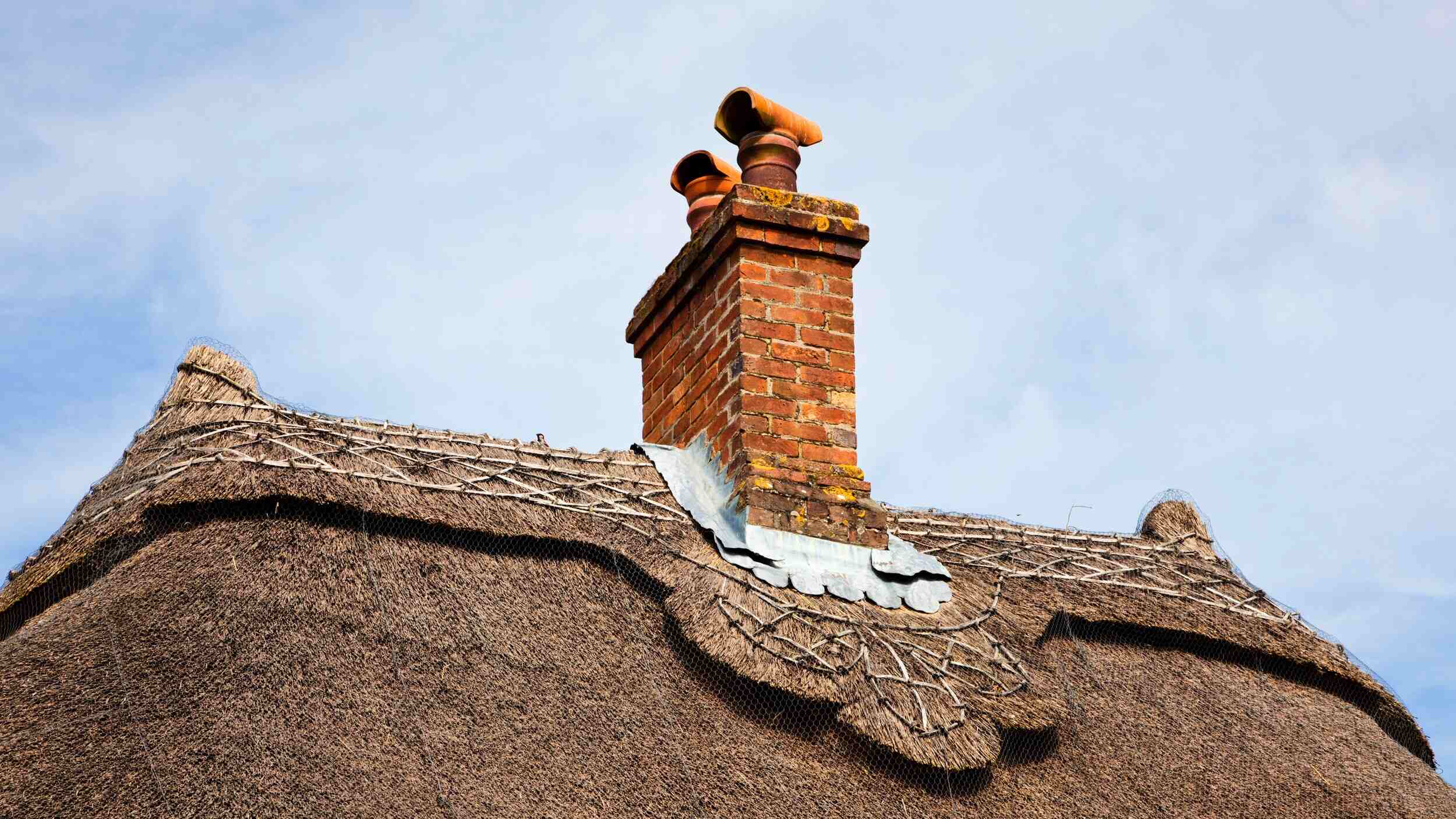

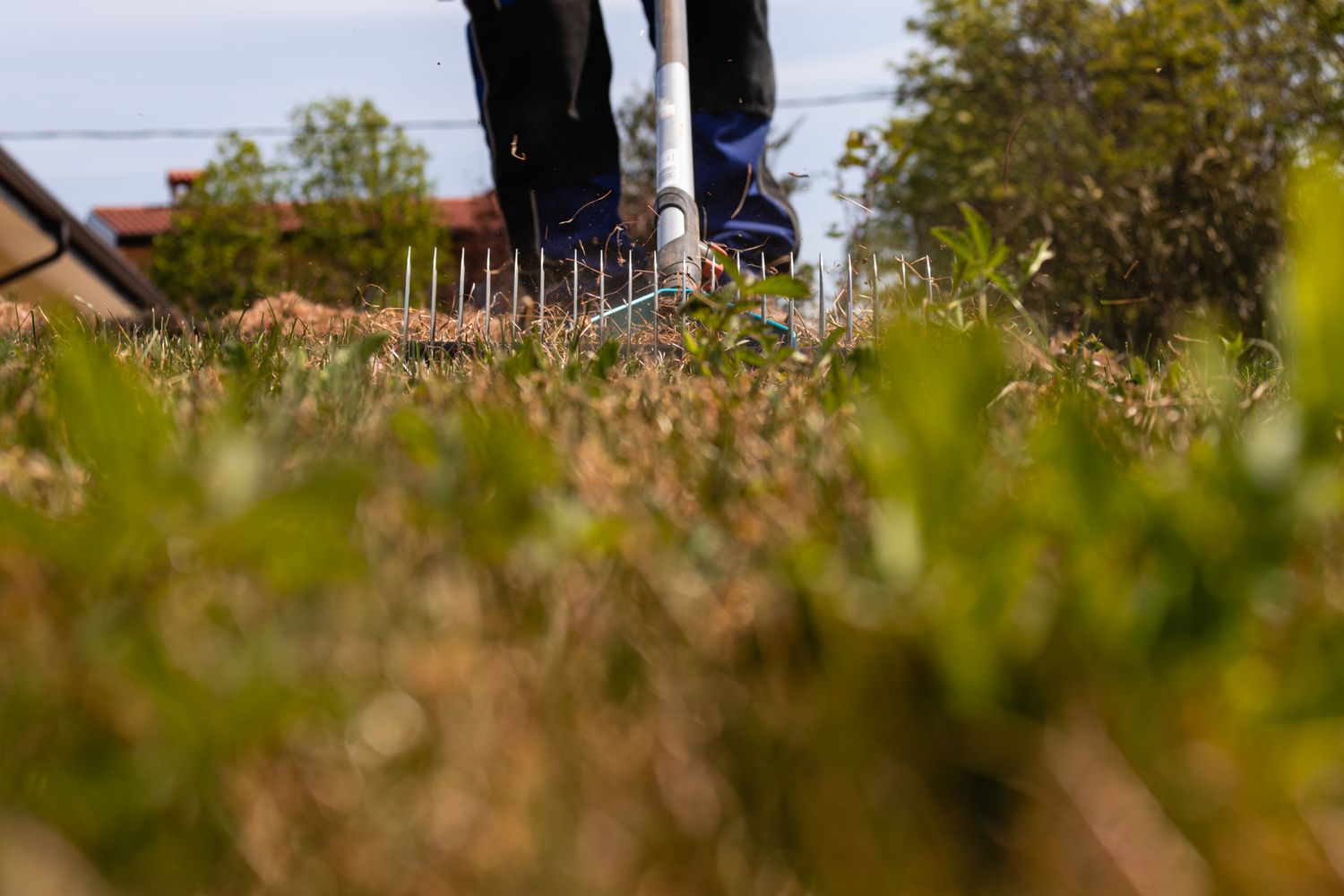
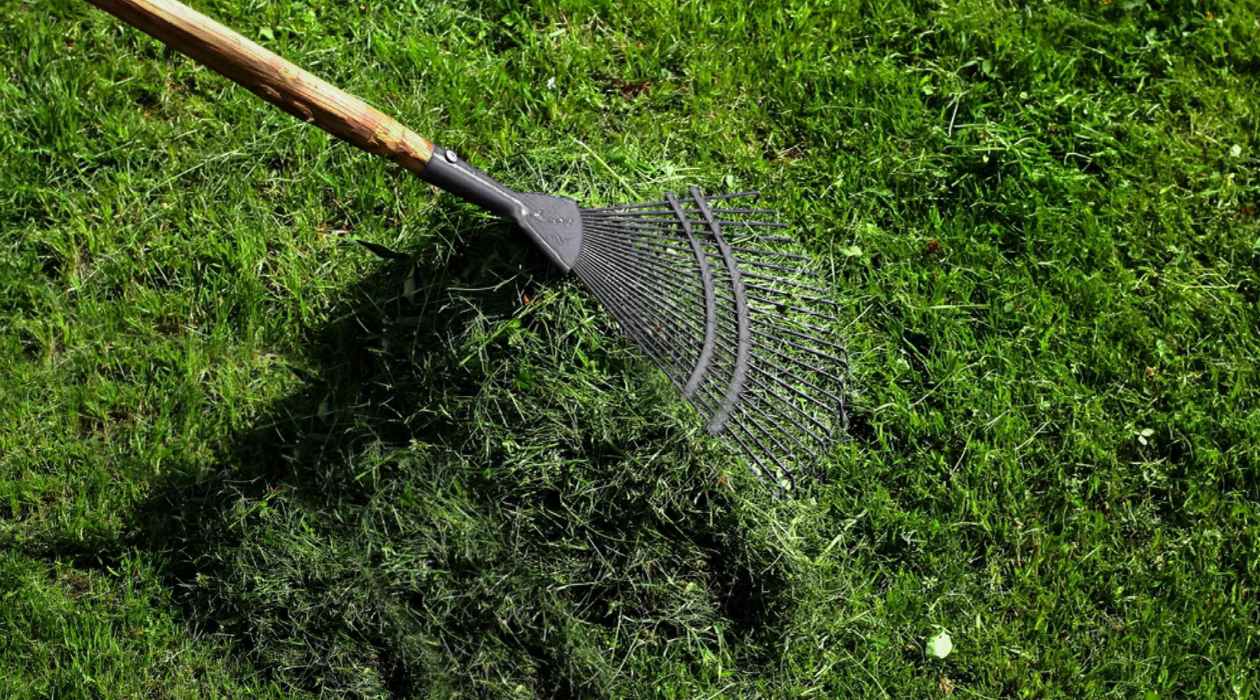
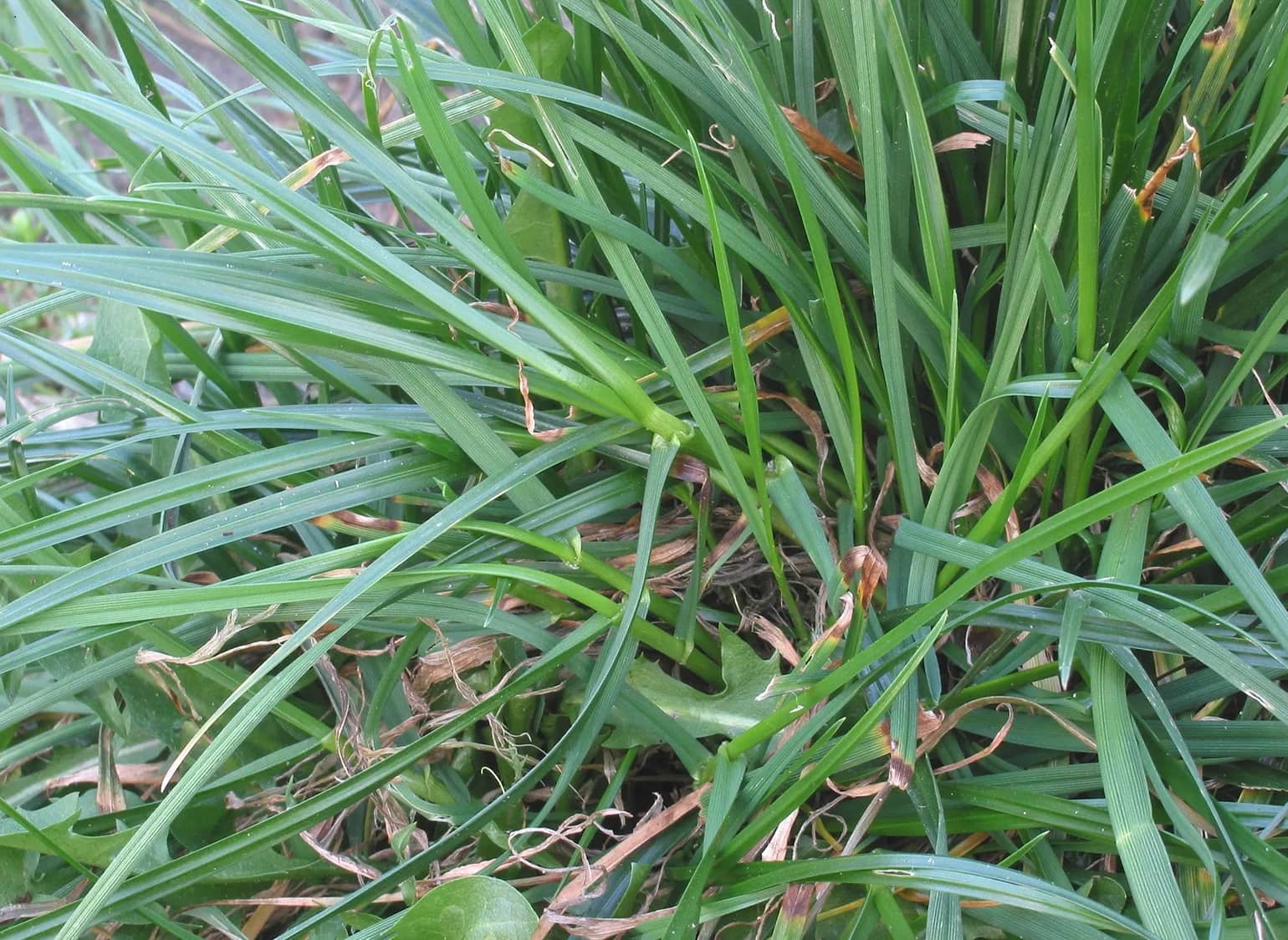
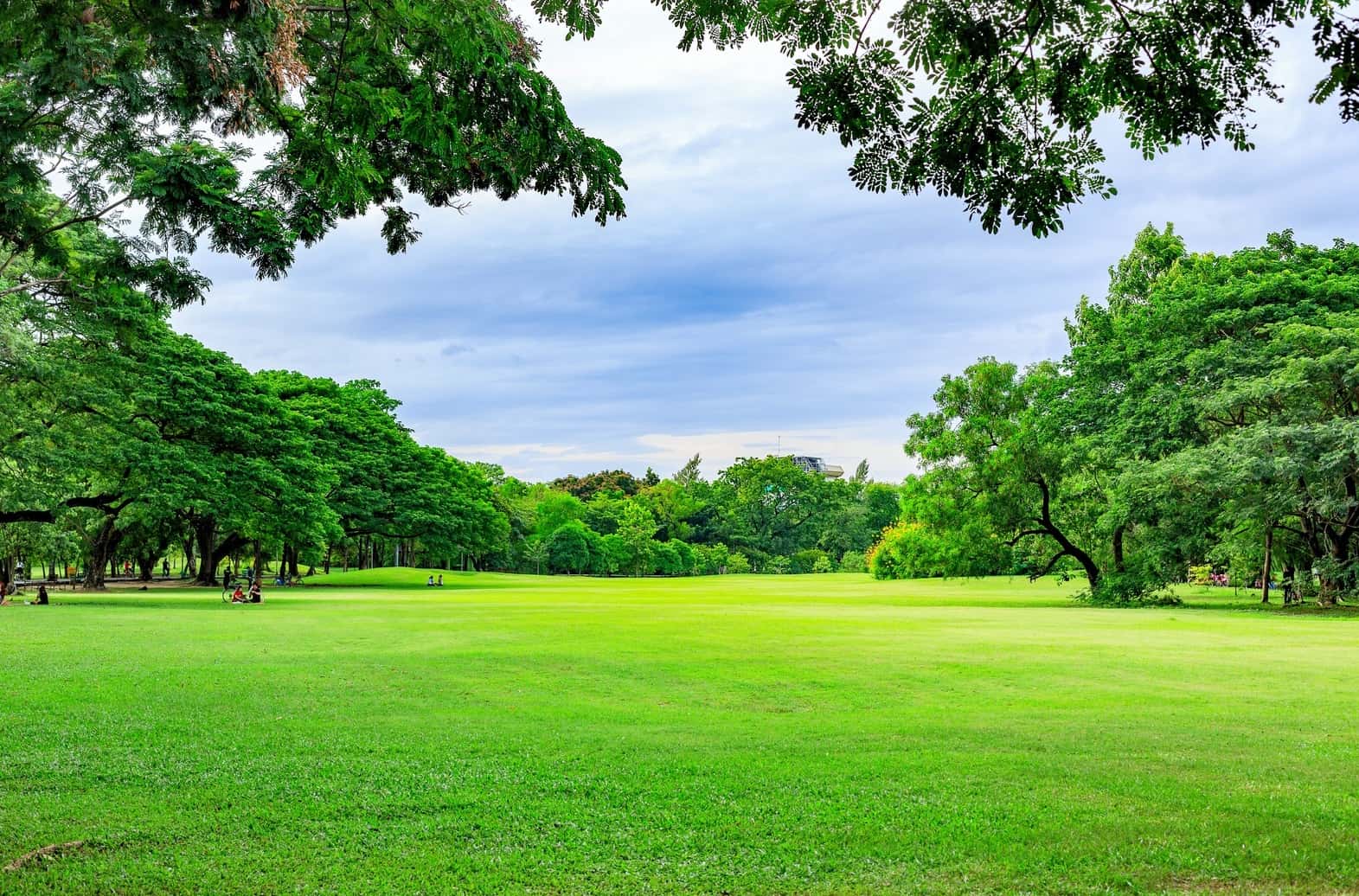
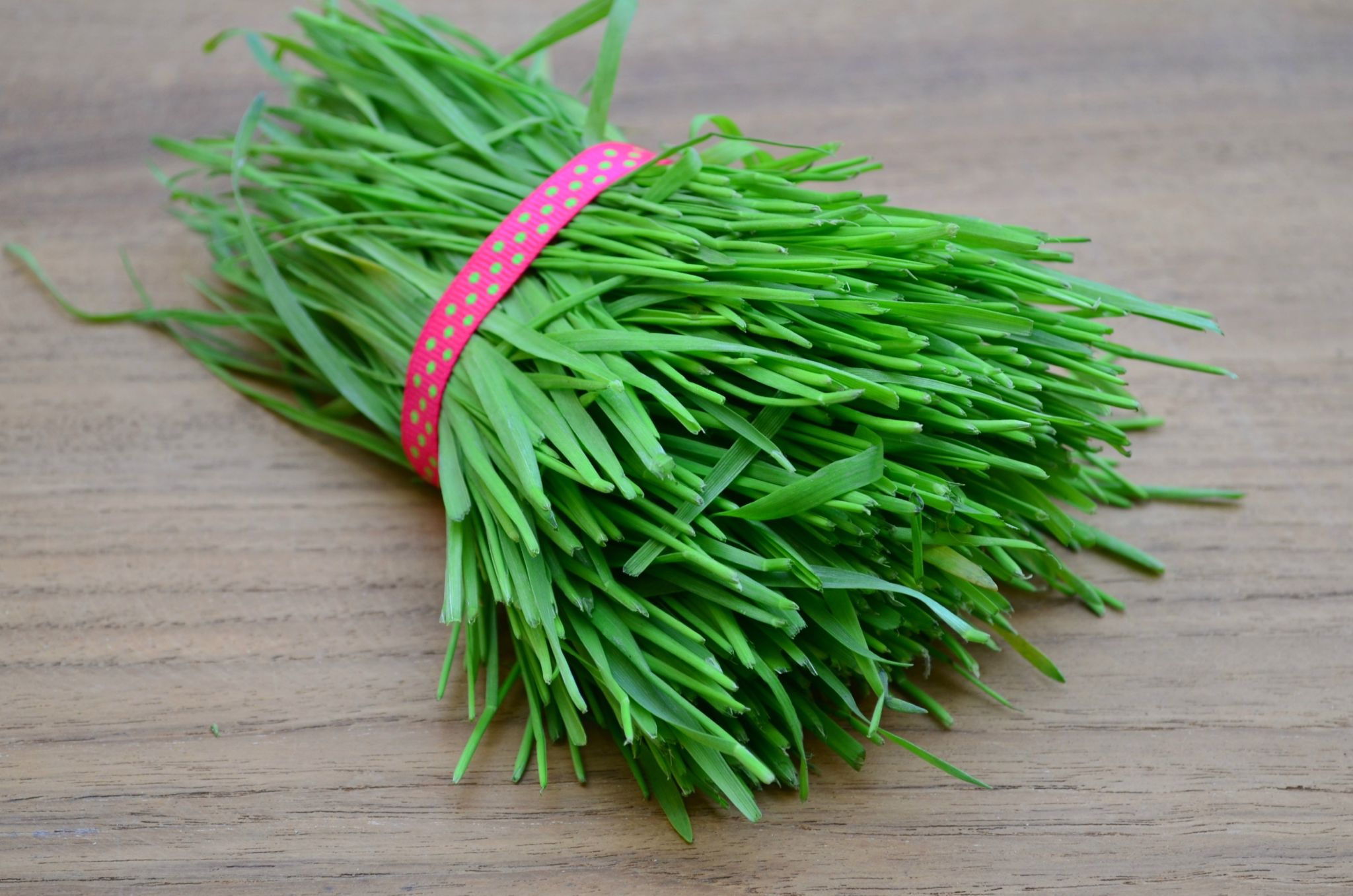
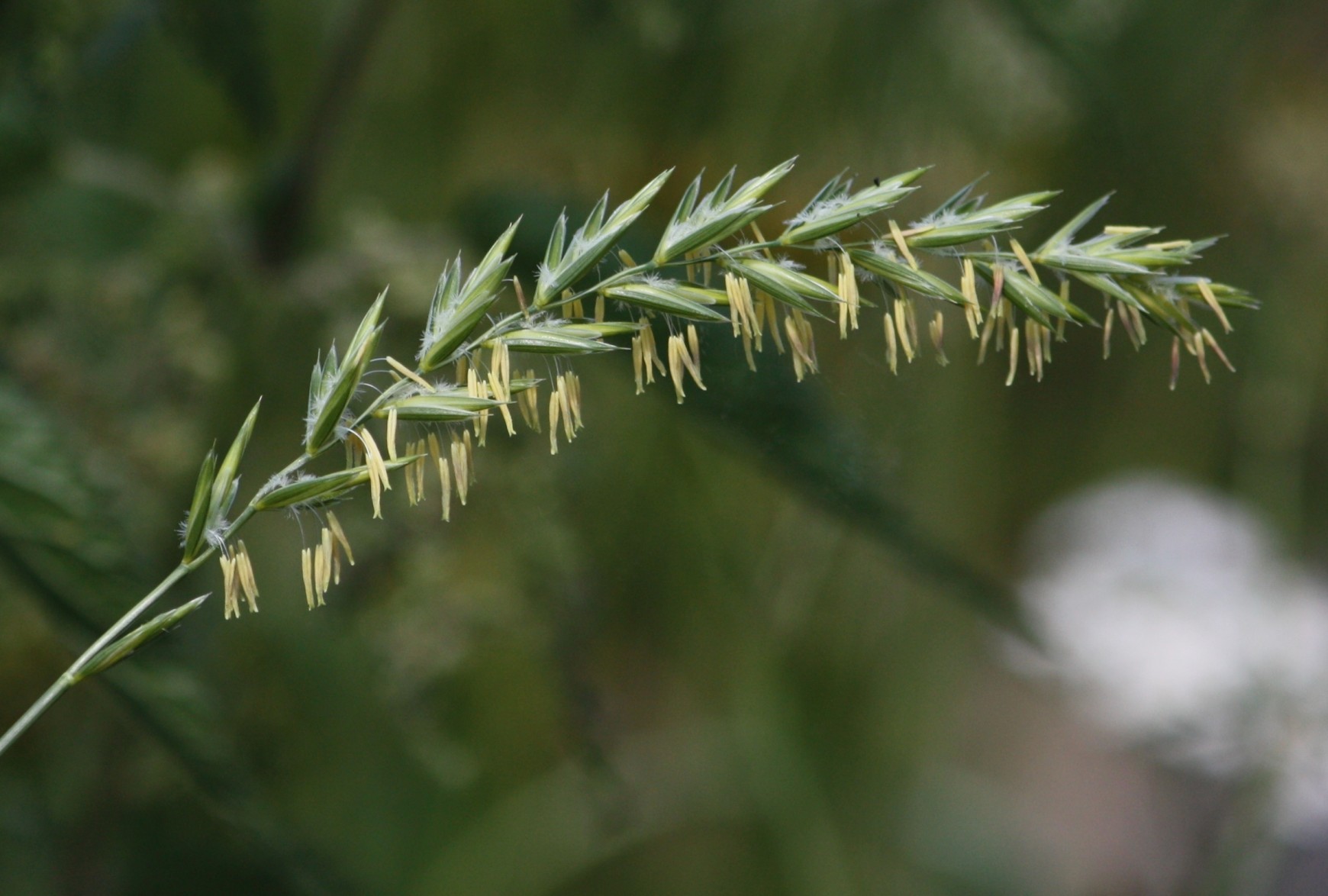

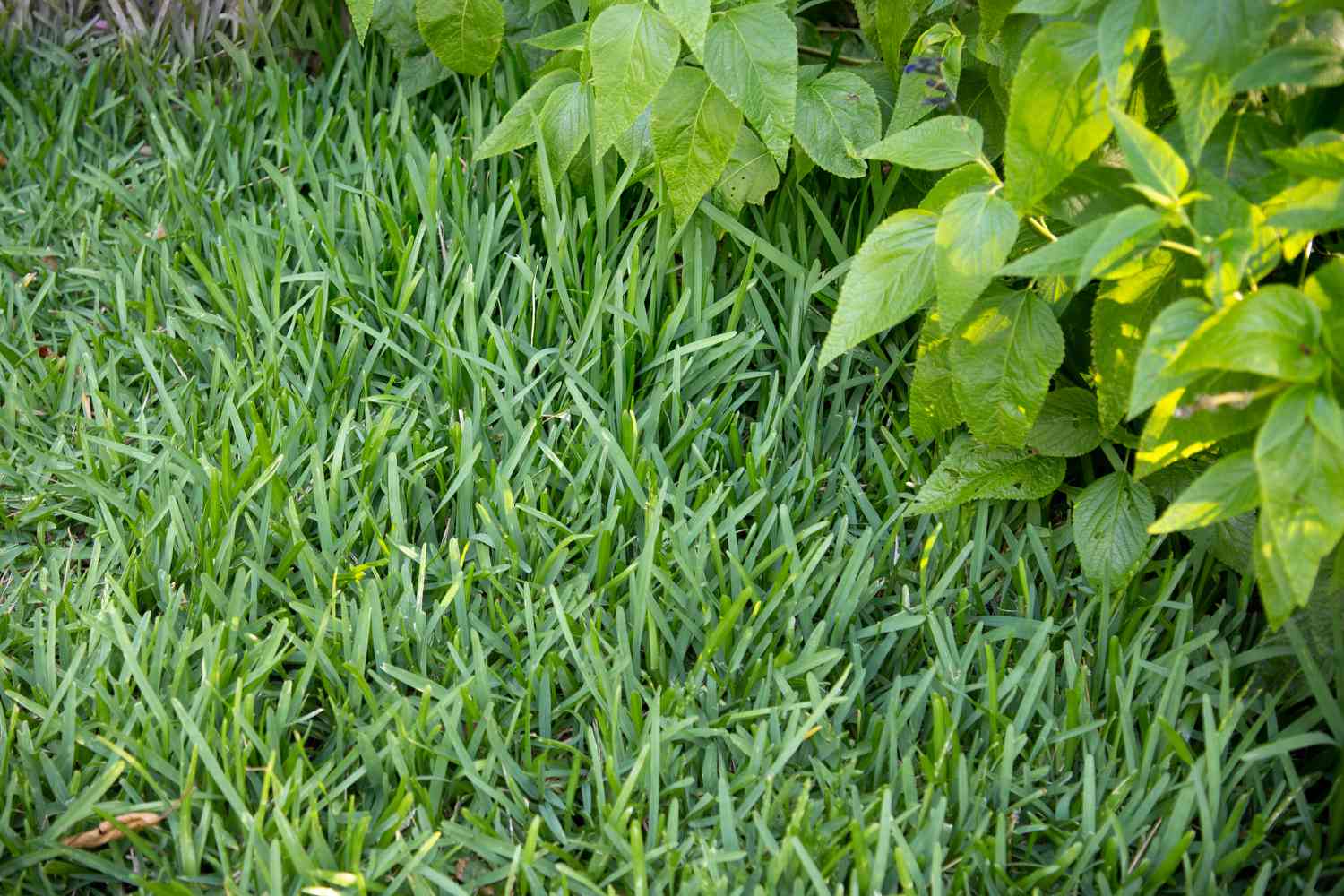
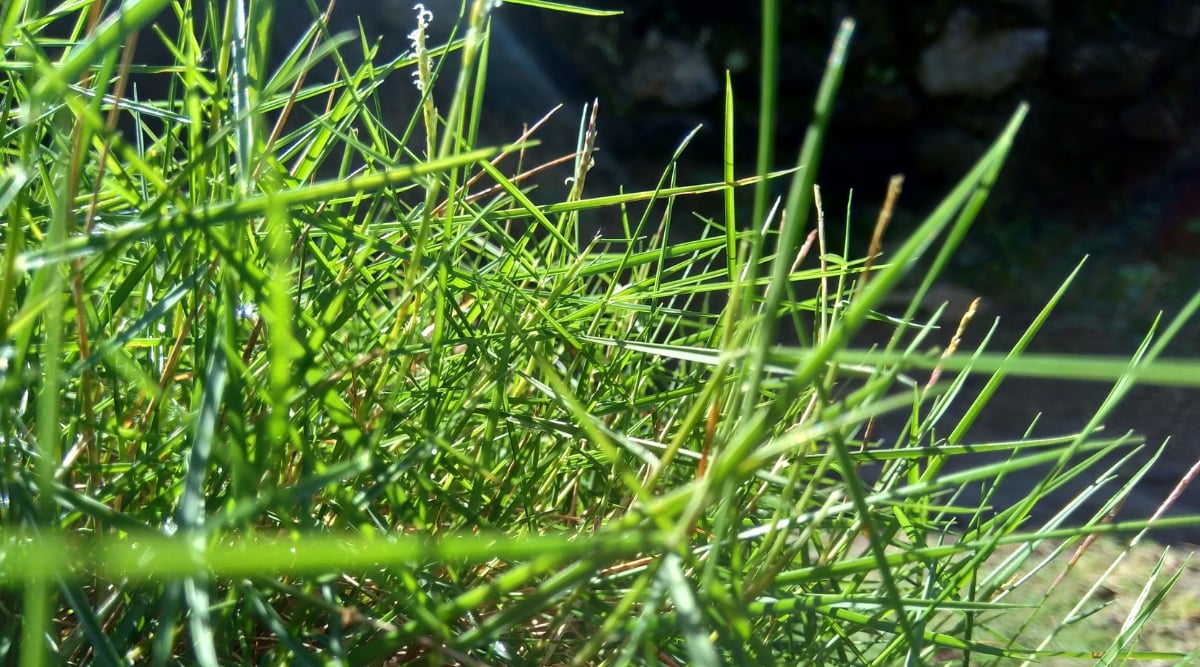
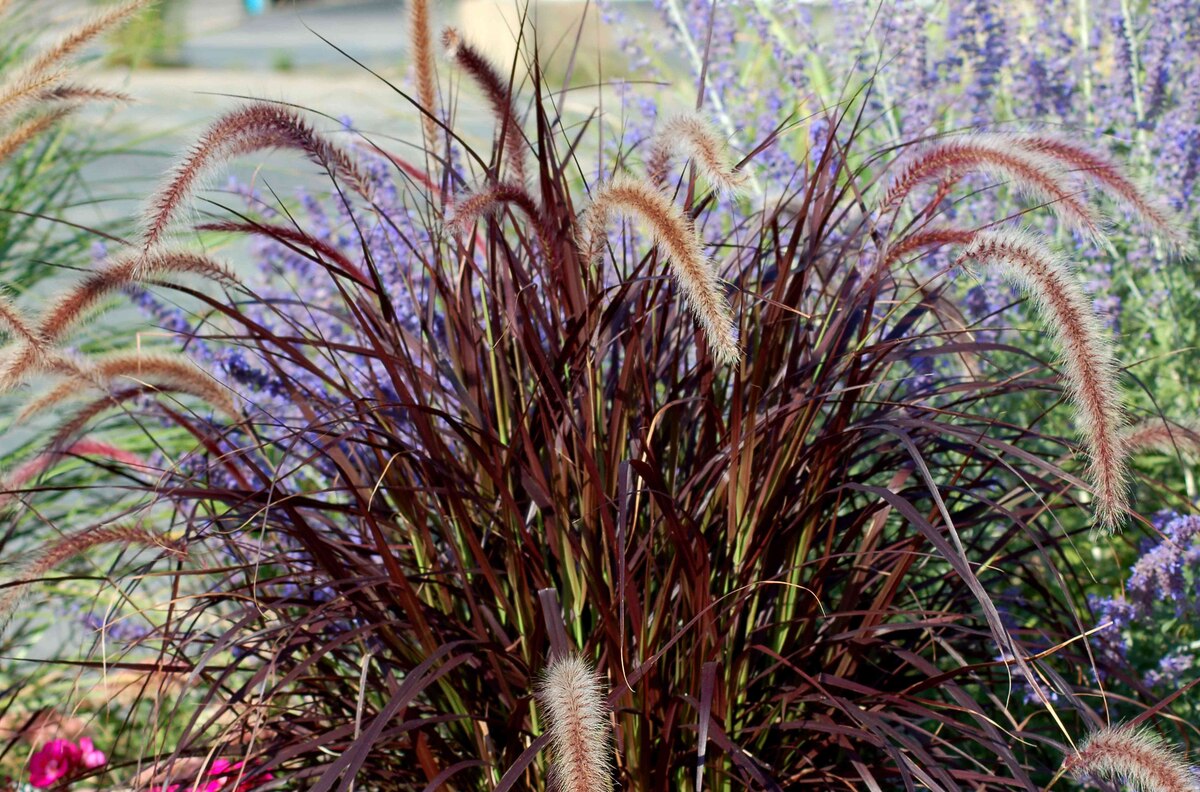
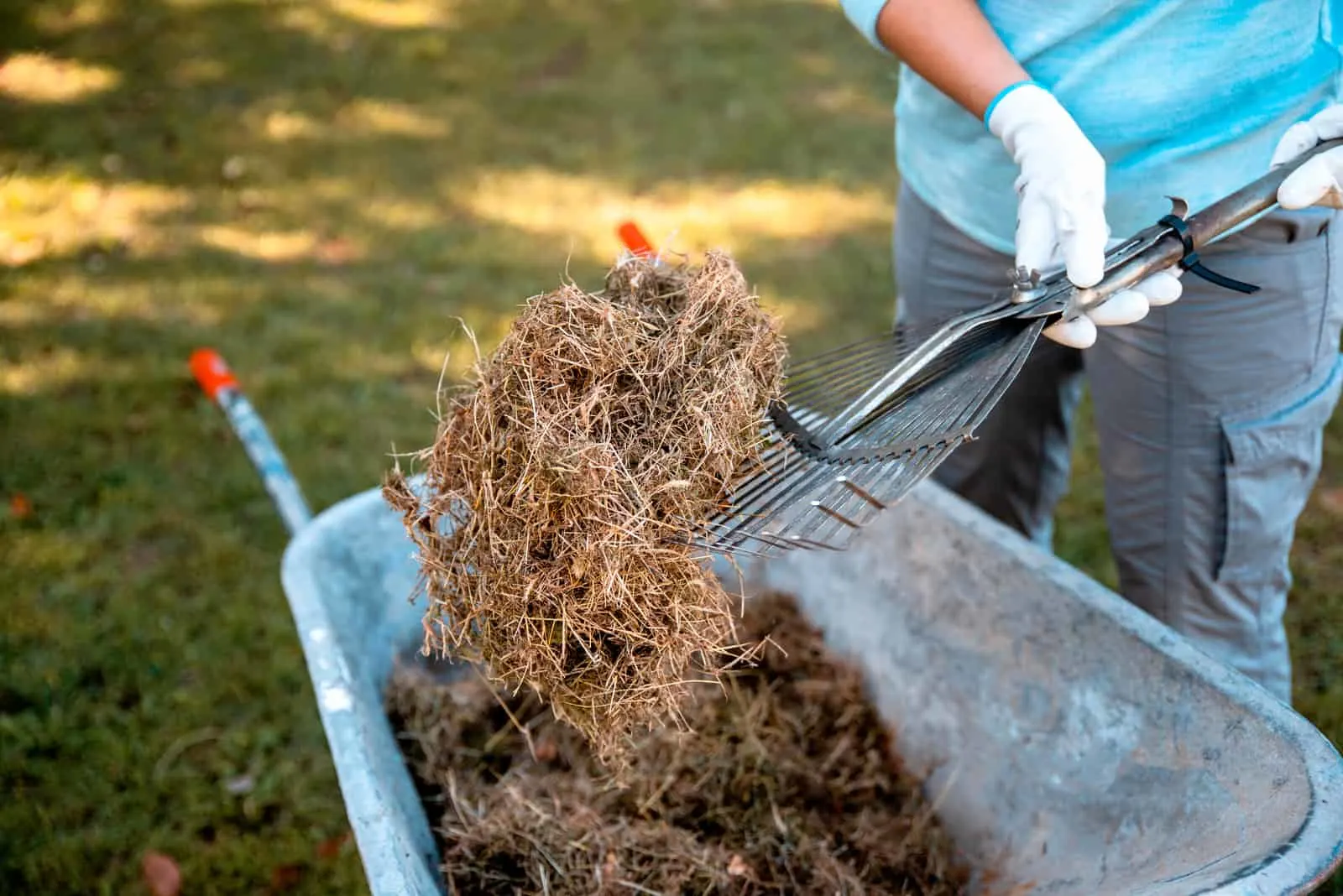


0 thoughts on “What Is Grass Thatch”